Growing up in a neighborhood riddled with drugs and gang violence, video games were my solace. Opting not to fall into the perpetual machine of self-destruction, I turned to what was considered a relatively safe hobby: video games.
Sure, some of my favorites, notably Doom and Clock Tower, contained graphic violence, but that didn’t stop me from quickly identifying the benefits of gameplay. After 5+ years of Super Mario Bros. and its sometimes more violent ilk, I had noticed a marked improvement in my hand-eye coordination, problem-solving abilities and even social skills.
Hell, science has even proved it to be possible! With these new skills, I even developed a taste for certain tenets of ninjutsu, specifically hokojutsu (walking) and choyakujutsu (jumping). I even wall-jumped up a stairwell at my old high school, much to the chagrin of school security!
I didn’t learn these skills to fight, but rather hone my physical ability, which still holds strong twenty years later. I possess a level of confidence that would have been hard to achieve had I fell to the violent tendencies of some of my schoolmates.
And yet, despite the obvious benefits of gaming, big media outlets reporting on youth violence would twist eyewitness testimony and speculate to the point of…
Violent Video Games Made Me Do it!
It’s an ongoing trope that seems to crop up in the wake of every violent event perpetrated by young people in recent history: violent video games create violent killers.

The funny part is that unspeakable violence has been committed for thousands of years before the advent of video games, yet the media continues to blame them for the horrendous acts of Adam Lanza, Dylan Klebold and others. One common trait that many of these young men had is that many would describe them as “socially aloof” or “awkward” prior to their horrific crimes. And yet, it’s not like society is solely training boys to be violent or antisocial, right? Let’s see what the pros have to say:
“For one thing, gamers are an even split between sexes, while violent crime is overwhelmingly male-committed. For another, the evidence suggests that there are many, and more important, factors that contribute to criminal behavior. and video games–if they have any role to play, which is suspect at best–would be minor compared to them”
– Criminology professor John Wright of the University of Cincinnati.
“Police investigations did not uncover any connections to the computer game. The motive for the incident was robbery”
– Leicestershire Constabulary spokesperson on the Stefan Pakeerah murder
Despite these findings that suggest video games have an intangential impact on violent behavior, large media networks tirelessly try to make the connection between youth-perpetrated murder and video games as if their very livelihood depended on it.
Seeing as how my own situation seems to match many of these individuals (broken home, middle socioeconomic class, etc.), I’m pleased to report that I am not a serial killer, and I suspect a large majority of gamers aren’t either. So why does big media continue to blame violent video games?
It’s About Ratings
Money doesn’t just fall out of the sky for journalists to absorb. A large amount of their revenue comes from advertisements, so naturally, to attract the most affluent brands, they have to do what they do best: report the most sensational stories to attract more viewers and ultimately, marketers.
Would the standard viewer be content with watching a dry account of actual events, or would they be more drawn to aggressive claims that firmly lay blame on a person, place or object?
ICYMI: it’s the latter.
So whenever a mass shooting or other tragedy occurs, news outlets learned a long time ago that being the first on the scene equals more viewers. But for those who showed up late to the party, generating the most “buzz” through sensational headlines becomes the next goal. The more scathing, the better.
With all of these money-driven endeavors driving their actions, it becomes hard to believe everything the news tells you. Even funnier, many of these “journalists” haven’t even picked up a controller before. So how can they say with any level of certainty that violent video games create violent youth?
My Story
As I’ve stated before, I wasn’t always the most socially adept creature. In fact, my biological parents have been divorced since I was three and viewed video games as nothing more than a suitable “babysitter” for my brother and I when they just needed a break. Even worse, my dad wound up remarrying a verbally abusive woman who would relentlessly attacked me for over 10 years.
With all of these elements working against me, it’s no surprise that I began developing critical life skills in the safety of my own home, basking in the warm glow of my Nintendo Entertainment System. So how did video games help me develop awesome skills like hand-eye coordination, problem-solving and human empathy? Here’re the three titles that helped me the most.
Ninja Gaiden

Oh yeah! This one was a given!
For anyone who’s familiar with Ninja Gaiden, they’ll remember it as a soul-shredding action platformer that requires razor-sharp wits and lightning-fast reflexes, a far departure from the relatively forgiving arcade iteration. Even today, the title gives gamers a run for their money, with many not even making it past the second stage.
As awesome as my mom was in regularly renting one game per weekend, I knew well that I would have only a 2-day window to get the most enjoyment out of the game that I could, aka “master.” In hindsight, I clearly had my work cut out for me, but back then, I had no idea what I was in for.
What I learned: Hand-Eye Coordination
When you have killer birds, cheetahs, various projectiles and football players (?) flying at you from all directions, you never have time to plot your next move in Ninja Gaiden. Life or death can hinge on pressing the right button at the right time, so for six-year-old me trying to maximize my time and value, learning hand-eye coordination was not an option!
After my initial weekend with Ninja Gaiden, I was only able to get to Stage 2-1. However, I noticed that I was able to complete tasks with my hands while training my eyes on something elsewhere previously, I was unable to write my own name without looking down at my work.
The benefits of increased hand-eye coordination via video games has been well-documented, though I did not understand its prolific impact at that time. It would only be a matter of time before I’d be wall-jumping in real life without a second thought!
Adventures of Lolo

(Honorary note: the late Satoru Iwata helped develop this game. Rest in peace, Iwata-san, and thank you for everything.)
Another regular rental for the better part of 1989, Adventures of Lolo seemed like the complete anti-thesis of Ninja Gaiden in that it didn’t rely on swift reflexes, but rather problem-solving in order to advance Lolo through Egger’s castle. The first few rooms set the tone by slowly introducing the game’s mechanics to the player while slowly increasing difficulty as Lolo plods on.
Unlike Ninja Gaiden, Lolo’s advancement depended on the player’s ability to properly sequence their movements in a manner that allows them to gather all of the hearts and open the chest. The solution is not always obvious, but the game provides a “suicide button” in the event that the player gets stuck.
What I learned: Complex Problem-Solving
Even though I was able to hone my hand-eye coordination to a fine point thanks to Ninja Gaiden, my newly acquired skill didn’t help me much in Adventures of Lolo. Numerous are the times that I would furiously kill off Lolo after getting myself hopelessly stuck, and without Nintendo Power or the advice of fellow gamers to fall back on, I had to learn and learn fast!
I got the game Friday afternoon and by Sunday evening, I was able to claw my way to the first stage where the Medusas start appearing (and promptly died over and over again). Laugh if you must, but that’s an impressive feat when the furthest I could barely make it past the 3rd door after the first day. With complex problem-solving now on my side, it’s almost time to give Jackie Chan a run for his money, right?
Silent Hill

As I was just a kid when I first played Ninja Gaiden and Adventures of Lolo, my sense of human empathy was still developing. After being introduced to survival horror by the aforementioned and awesome Clock Tower, I awaited the next great entrant into the genre. In 1999, it was delivered with what is perhaps the most “violent” game on this list: Silent Hill.
This was one of the first games that I picked up on day one. Through word of mouth, I was aware of its multiple endings and the elements that fell into play that dictated which one you received. And even though the characters weren’t “real”, I started to feel like I’d known them all my life.
What I Learned: Empathy
Silent Hill would only reward the player with the Good+ ending if: 1) they completed the Kauffman sidequest, and 2) didn’t kill Cybil on the carousel in Lakeside Amusement Park. Not knowing this at the time and not wanting to be responsible for anyone’s untimely demise, I would wander the environs endlessly, checking every door and alleyway so as not to miss anything.
Even though I always seemed to be low on health and ammo, I would plod on anyway. I really didn’t want any of the NPC’s blood on my hands and did everything in my power to ensure that everyone who could would make it out alive, even at the cost of my own safety and health.
Wrapping it All Up
So what did these games teach me about life? That there’s much value in enhancing one’s proficiency in hand-eye coordination, problem-solving and above all, empathy for your fellow human beings.
When I became an adult, I used these skills to become a better manager, trainer and more recently, mentor for at-risk youth. Oh yeah, and I’m still a hobbyist ninja!
A large part of winning at life is having the confidence to handle a wide variety of life situations. Even though I still flounder on “off days,” I can now say that I am a confident human being that helps those who need it most, and I can honestly thank video games for giving me that gift.

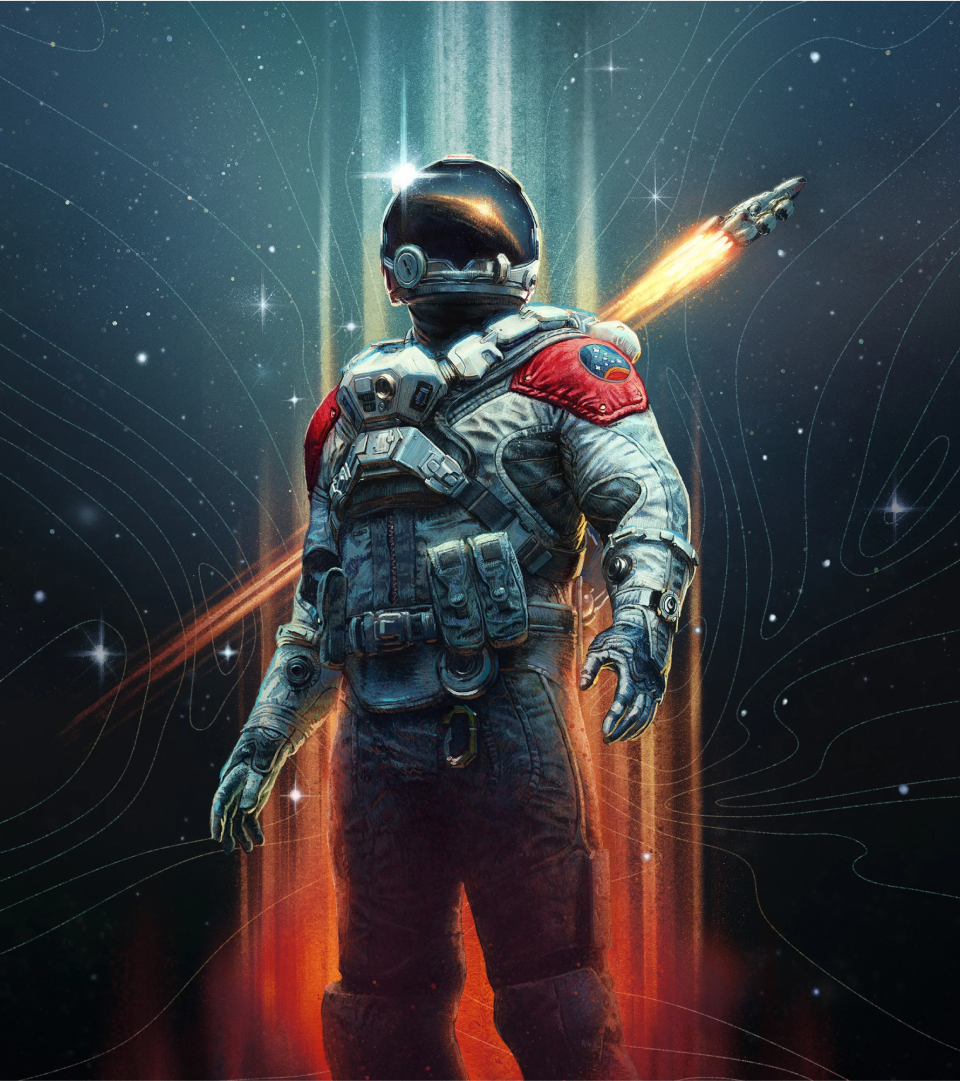
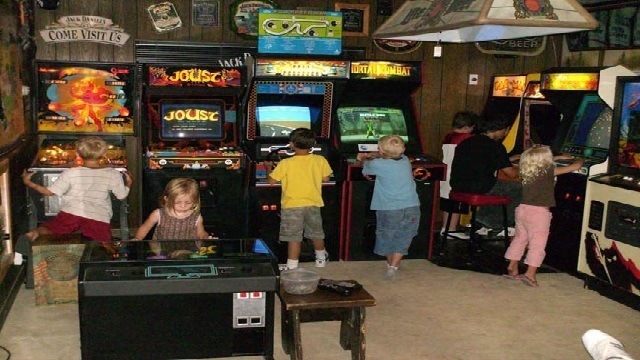

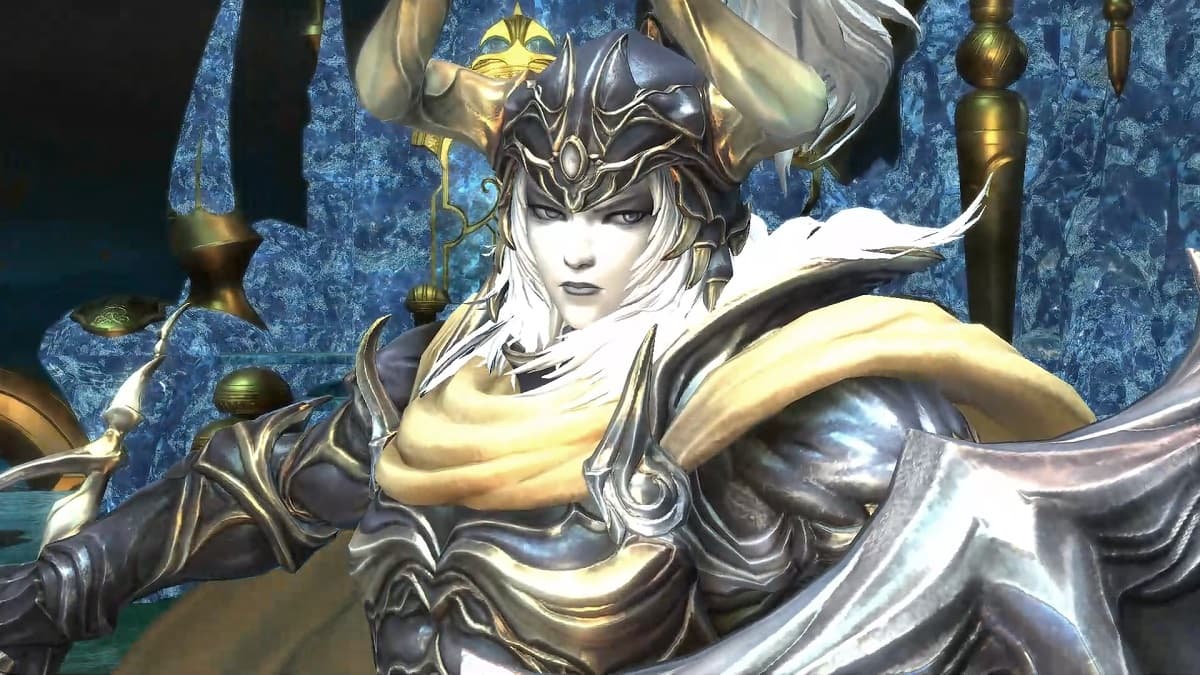
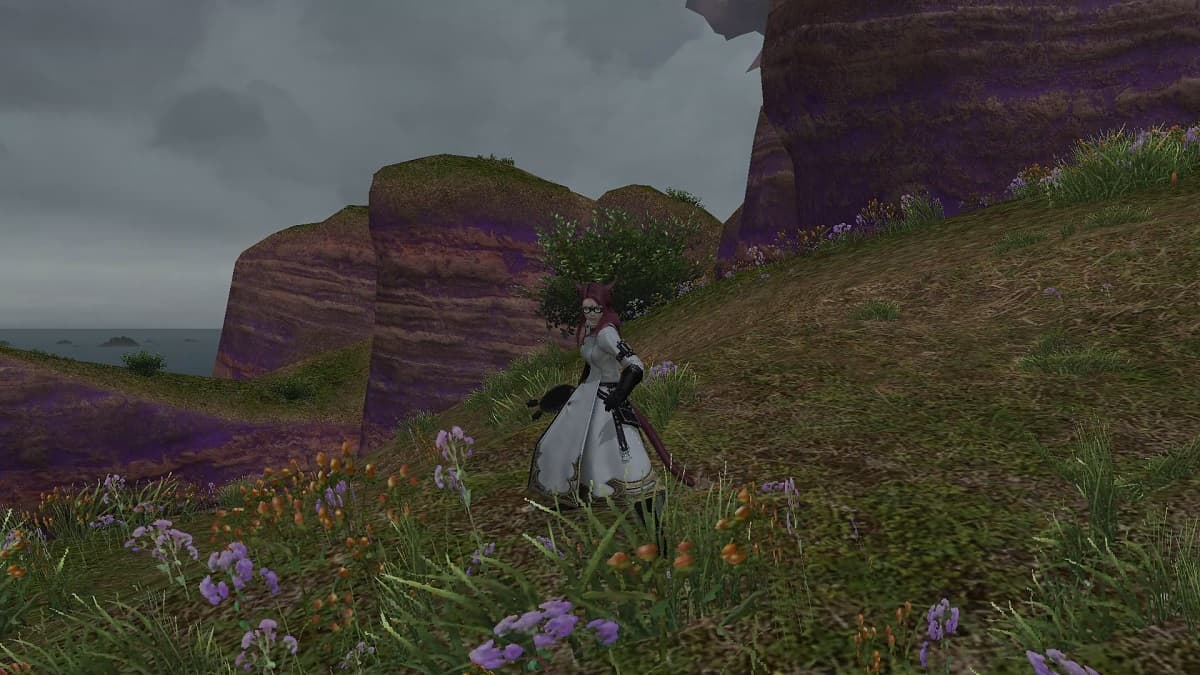

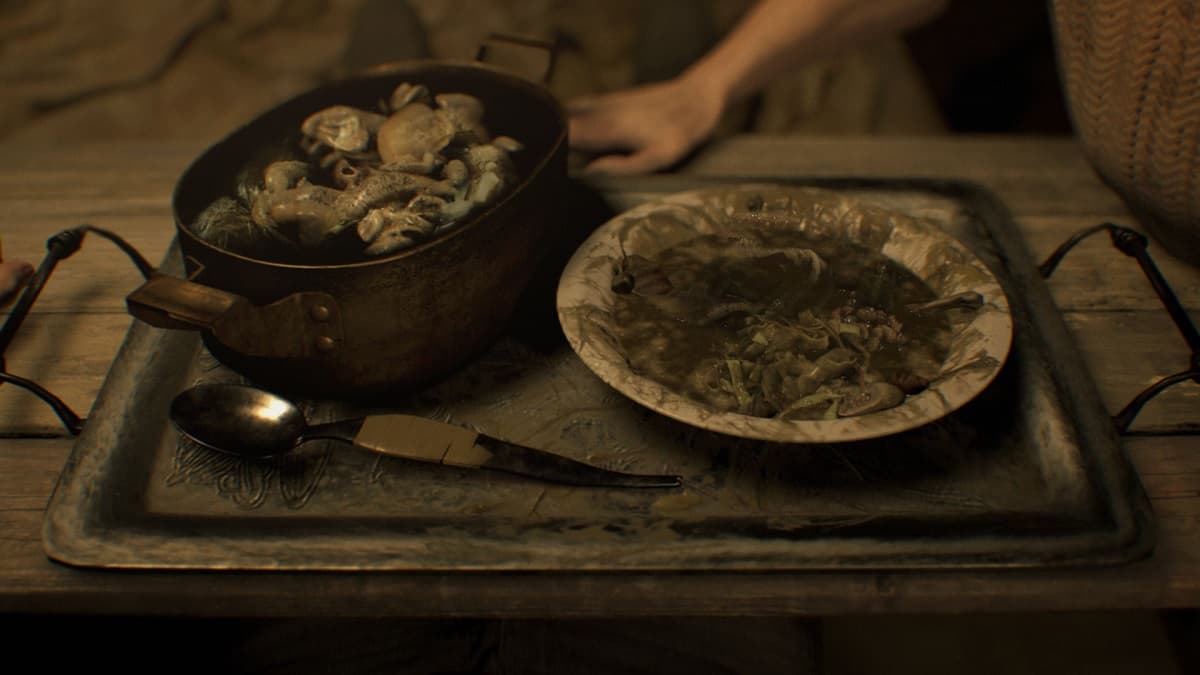
Published: Oct 26, 2015 01:09 pm